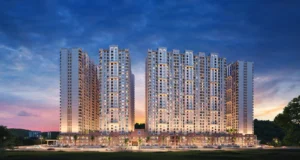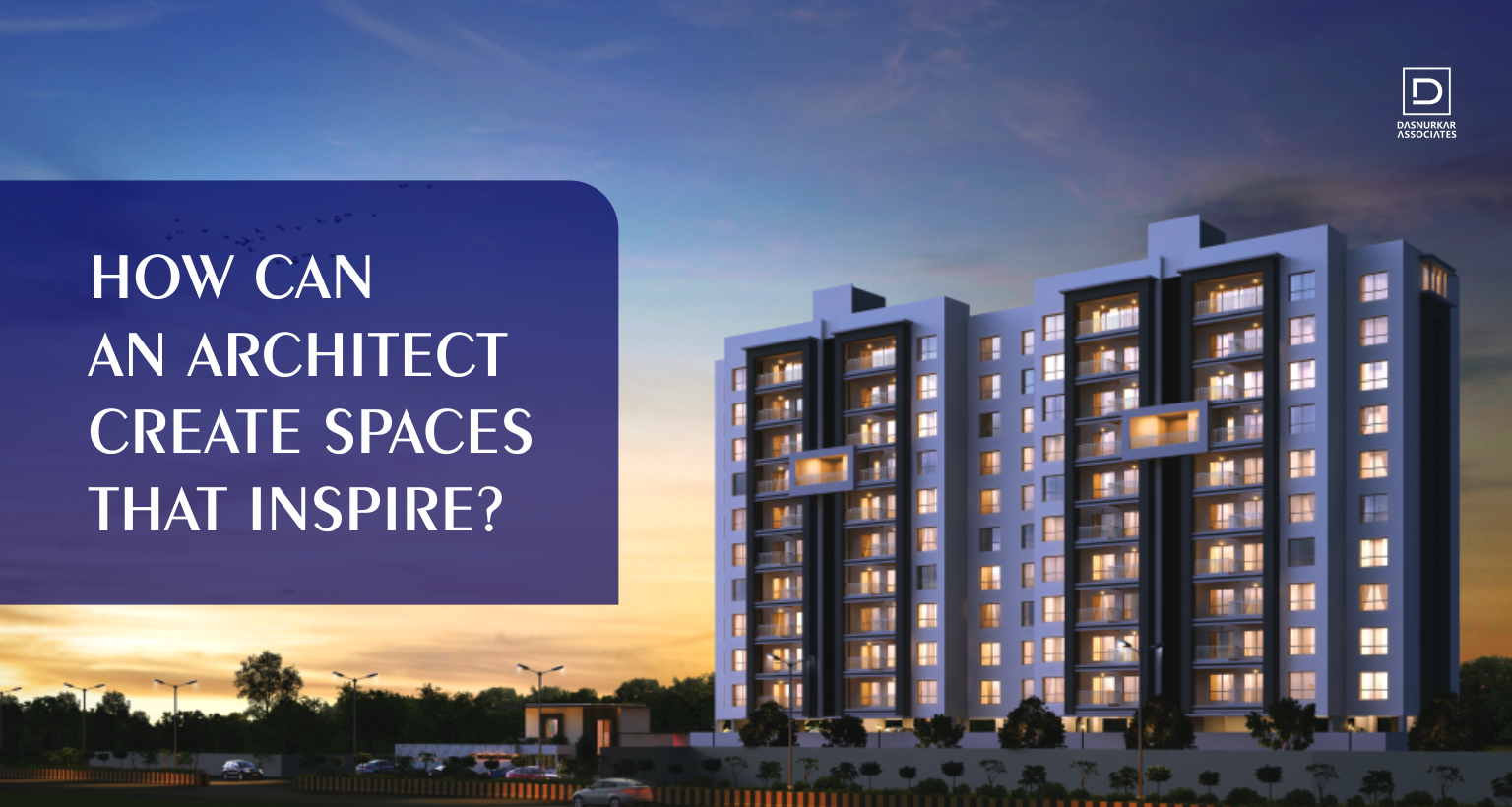

Office design is no longer just about desks and cubicles. With today’s shift toward flexible, collaborative, and wellness-focused work environments, architects have an exciting opportunity to shape spaces that influence productivity, creativity, and employee well-being.
In this guide, we’ll walk through key principles and strategies architects should consider when designing modern office spaces.
Whether planning for an open-concept workspace or a hybrid layout that supports both in-office and remote work, this guide provides insights to create inspiring and functional work environments.
Designing office space properly is crucial for fostering productivity, collaboration, and employee well-being. A well-designed office isn’t just about aesthetics; it directly impacts how employees feel and perform at work.
Thoughtful design enhances comfort and functionality, providing employees with spaces that support various tasks, from focused work to group brainstorming sessions.
Proper layout, lighting, and ergonomic furniture reduce physical discomfort and fatigue, leading to fewer health issues and increased productivity.
Moreover, modern office design can reflect a company’s culture and values, helping employees feel aligned with their organization’s mission.
By incorporating areas for both privacy and collaboration, businesses can accommodate different working styles, improving overall team dynamics and communication.
Features like natural lighting, greenery, and quiet zones also contribute to mental well-being, reducing stress and improving morale.
With many companies adopting flexible and hybrid work models, adaptable office design is increasingly essential.
A well-planned space that can evolve with a company’s needs not only saves on future redesign costs but also attracts talent, as employees value workplaces that consider their comfort and flexibility.
In summary, a properly designed office is a long-term investment in employee satisfaction, retention, and organizational success.
Every business has unique needs that will impact office design. Start by conducting thorough consultations with stakeholders to understand the company’s culture, values, and workflows. Some important factors to consider include:
The modern workforce is mobile and adaptable, so the physical space should be, too. Flexible designs that can adapt to various working styles enhance productivity and employee satisfaction. Consider incorporating:
Bringing nature into the workspace has been shown to reduce stress, improve focus, and increase productivity. Biophilic design creates a direct connection to nature and can improve indoor air quality, benefiting overall well-being. Here are ways to incorporate it:
Employee well-being is crucial for productivity and engagement. Architects can integrate wellness elements into office design by focusing on comfort, ergonomics, and health-focused features. Key aspects include:
The open office layout trend has highlighted the need for a balance between communal and private spaces. While collaboration is essential, employees also need areas for focused work and privacy. Here are ways to achieve this balance:
Modern offices depend on technology, but it should blend seamlessly with the design, not dominate it. Thoughtful tech integration boosts productivity and streamlines daily operations. Consider:
Sustainable office design is not only environmentally responsible but also attractive to employees and clients who value eco-friendly practices. To create a green office:
Well-designed office spaces provide significant long-term benefits, impacting everything from employee retention to a company’s bottom line.
A carefully planned workspace contributes to higher employee satisfaction by creating a comfortable and functional environment, reducing turnover and helping retain top talent.
As employees spend a large portion of their day in the office, spaces that prioritize ergonomic furniture, ample lighting, and a pleasant atmosphere can improve physical and mental well-being, resulting in fewer sick days and reduced healthcare costs.
Flexible designs that allow for easy reconfiguration also future-proof the office, accommodating business growth and changing workstyles, such as the increasing popularity of hybrid work models.
This adaptability minimizes costly renovations over time and keeps the space relevant and efficient as the company evolves.
Additionally, a thoughtfully designed office can enhance productivity and foster innovation. With designated zones for focused work, collaboration, and relaxation, employees can work more efficiently and creatively.
A space that supports collaboration and communication strengthens team dynamics and builds a positive culture, essential for long-term success.
By aligning the workspace with the organization’s culture and strategic goals, a well-designed office serves as a powerful tool for promoting sustainability, boosting productivity, and enhancing overall organizational performance.
In today’s evolving workplace landscape, architects have a unique role in crafting office spaces that foster collaboration, promote wellness, and reflect a company’s culture.
By focusing on flexibility, biophilic elements, ergonomic comfort, privacy, technology, and sustainability, architects can create offices that not only look great but also improve productivity and employee satisfaction.
With careful planning and attention to detail, modern offices can inspire the people who work there every day, paving the way for a more engaging and efficient workspace
